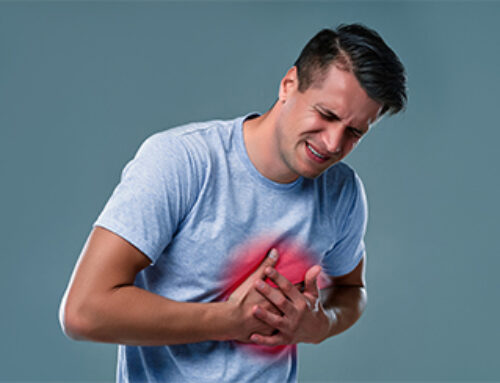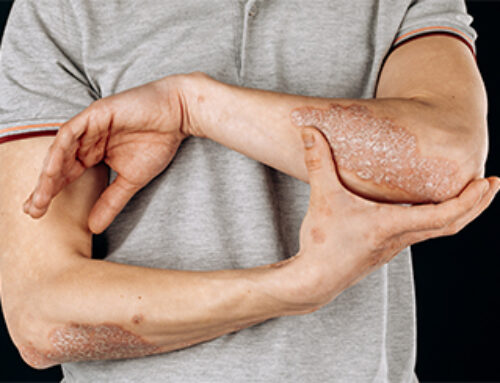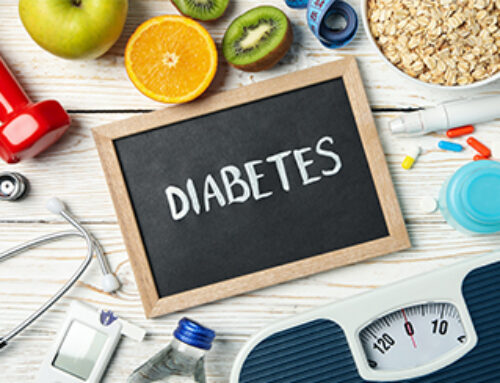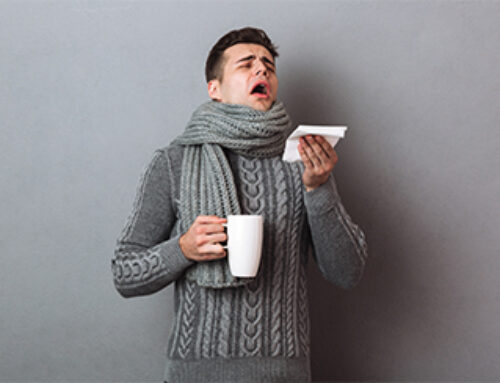Kidney stones are also called as renal calculi. They are the result of build-up of dissolved minerals on the inner lining of kidney which consist of calcium oxalate and maybe other compounds also. A small kidney stone small stone may pass unnoticed through urinary tract, or a large one can cause extreme or severe pain as they leave body.
Symptoms
Mostly they are asymptomatic until it moves around within the urinary tract.
- Severe pain in sides or back or abdomen or groin region
- Fluctuating pain
- Radiating pain towards lower abdomen and groin
- Pain on urination
- Red or pink or brown urine
- Foul smelling or cloudy urine
- Nausea and vomiting
- Urine in small amount with persistent urge to pass urine
- Fever with chills if infection is present.
Pain caused by kidney stone depends upon its location.
Causes
Kidney stone have no single or definite cause. When urine contains more crystal forming substance like calcium, oxalate and uric acid, the fluid in urine can dilute. Urine may lack substances that prevent crystal from sticking together by making an ideal medium to form kidney stone.
Types
- Calcium stone Mostly kidney stones are of calcium origin formed from calcium oxalate. Oxalate is naturally occurring substance, through food products and is also produced daily by liver. Nuts and chocolate have high oxalate content. High dose of vitamins D, intestinal or gastric bypass surgery and other metabolic disorder can lead to increase in the concentration of calcium oxalate in urine. Calcium stone can form from calcium phosphate, found in metabolic condition like renal tubular acidosis and also associated with migraine or seizure medication (topiramate).
- Struvite stones mainly due to infection in urinary tract infection (UTI). Such stone can grow fast and become quite large with few warning symptoms.
- Uric acid stones mainly seen in those who don’t drink enough fluids, lose weight easily, or on high protein diet and in gout disease.
- Cystine stone people with hereditarydisorder that causes the kidney to excrete amino acid (cystinuria).
Risk factor
- Family history (more likely to have) or personal history (tendency to form stone)
- Dehydration
- Certain diet (high protein diet salt and sugar)
- Obesity
- Digestive disease and surgery – gastric or intestinal bypass surgery inflammatory bowel disease or chronic diarrhea affects absorption of water and calcium increase tendency to stone formation substance in urine.
- Renal tubular acidosis
- Hyperparathyroidism
- Cystinuria
- UTI
Diagnosis
- Blood test for calcium, uric acid, phosphorus and electrolyte.
- Blood urea nitrogen (BUN) and creatinine
Rule out obstruction
- Abdomen X-ray
- Intravenous pyelogram (IVP)
- Ultrasound and CT scan
Treatment
- Drink more fluids
- MedicationPain killersto relieve pain (thiazide or ibuprofen,naproxen sodium)
- Surgical: Lithotripsy treatment (sound waves to break up large stone), Tunnel surgery (percutaneous nephrolithotomy), Ureteroscopy
Homoeopathic medicine
- Berberis vulgaris:Kidney stone are predominantly of the left side. Patients who complains of sensation of bubbling and some urine remaining after urination, or in those whose urine contains mucus with sediments.
- Lycopodiumclavatum: is a predominantly right-sided remedy, who is having pain in the right kidney or right ureter. The pain gets aggravated before urination.Red sediments may be there in urine.
- Cantharisvesicatoria: is of great help in kidney stone when there is intense burning during passing urine. The burning may be there before during and after urination and urine is passed drop by drop. Urine may contain jelly like substance. Tenesmus of bladder along with urge to pass urine almost constant, together with unsatisfactory urination.
- Sarsaparilla officinalis: presents with excessive burning at the close (end) of urination,prescribed for right-sided kidney stones.
- Hydrangea arborescens: is generally known as the stone breaker. It is used to strike kidney stones in ureter and in bladder. An important or critical indication to look out for is white deposits or yellow sand in urine. Occasionally blood may appear in urine.
- Colocynth: has pain that occurs all over the abdomen while urinating.







